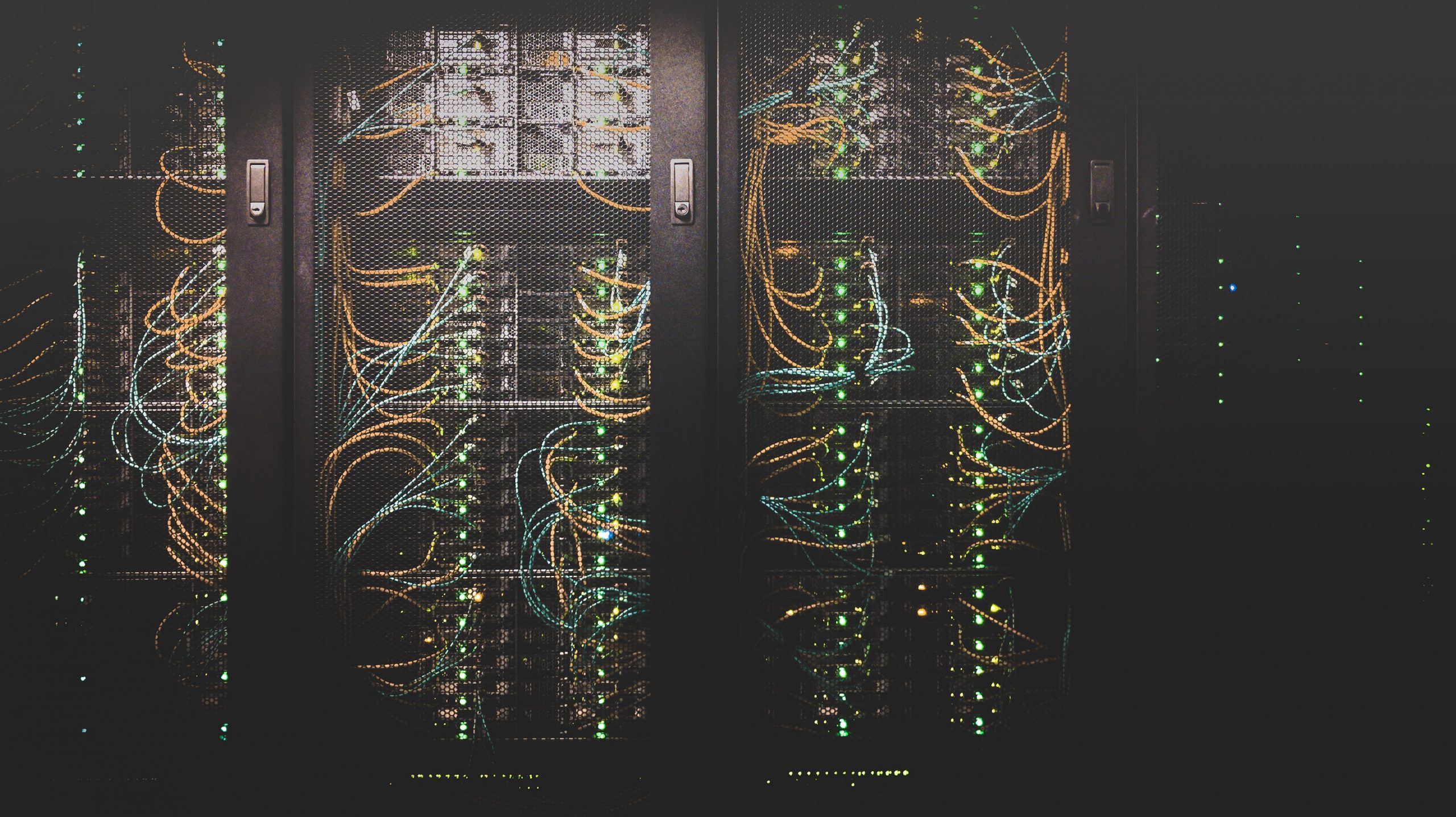Born in 1991 with the emergence of the Internet, cloud computing has evolved over the years to provide very useful solutions to businesses. What is it exactly? We talk about it in this article.
What is Cloud Computing?

The term “cloud computing” refers to the provision of IT services (databases, servers, storage, artificial intelligence, analysis tools, software networking) via the Internet, on demand, most often in the form of paid subscriptions.
Companies benefit from faster innovation, economies of scale and flexible resources. In general, billing only takes into account the IT capacity used, thus reducing operating costs. This allows you to optimize expenses while taking advantage of services adapted to the digital business and the needs of the company.
The benefits of cloud computing
Cloud computing is an innovation that is radically different from the traditional corporate approach to managing IT resources. Today, more and more businesses and organizations are adopting cloud computing services to streamline their operations and de-clutter their premises.
Here are the main benefits:
More productivity
On-premises IT infrastructures involve many chores such as updating software and using hardware. All of these chores take time and energy. By opting for cloud computing, organizations no longer have to worry about these details and can focus on achieving their goals.
Reduced cost
Cloud computing does not require investment in hardware and software. This saves the company the cost of maintaining and managing on-premises data centers: electricity for cooling and powering the machines, experts to handle the management, etc.
Better performance
Cloud computing services usually upgrade their hardware regularly to ensure optimal performance. This reduces latency for applications. In addition, these services are usually provided on a self-service basis on demand.
This means that large amounts of computing resources can be deployed with a few clicks and in seconds. This frees companies from the constraints of capacity planning. In return, they benefit from a high level of flexibility.
More security and reliability
By opting for cloud computing, companies can easily ensure the continuity of their activities and make data backups or emergency recoveries. Data can also be mirrored across multiple sites to ensure redundancy on the network.
This makes these tasks less costly. Companies also have technologies, controls, and policies in place to ensure that infrastructure, data, and applications are more secure against potential threats.
The different types of cloud computing services
SaaS (Software as a Service)
The expression “software as a service” describes a software application solution delivered via the Internet. It is hosted and operated outside the company or organization, usually on a subscription basis and on demand. Cloud service providers manage software and application updates and security patches. Users can use it by connecting to the Internet from their computer, tablet or phone, usually through a browser.
PaaS (Platform as a Service)
A platform as a service is a cloud computing service that provides an on-demand environment for delivering, developing, testing and managing software applications. Developers can use it to quickly and easily create web or mobile applications. Using a PaaS frees them from having to have all the hardware and infrastructure needed to do their work.
IaaS (Infrastructure as a Service)
An IaaS (Infrastructure as a Service) represents the basis of cloud computing. It allows companies to use only the resources they need to operate by renting an IT infrastructure (storage, virtual machines, servers). Thus; they no longer have to worry about the infrastructure of servers, database, network and storage necessary to develop their applications.
Cloud computing solutions for storage
Private Cloud
The private cloud refers to all cloud computing resources intended for the use of a single company. It is typically hosted in the cloud by a hosting service provider or domiciled in an on-premises data center.
Public Cloud
The public cloud refers to all services offered on the Internet by a service provider on the public Internet and accessible to anyone via a browser. These services can be free or paid. In this case, the infrastructure, hardware, and software are owned by the provider and the latter takes care of the management. Among the most popular, we have :
Google Drive
Google Drive is a cloud computing solution that makes storage space available to companies and individuals on the cloud. It offers up to 15 GB of storage for free, but you have to pay for more storage.
DropBox
This is a modern workspace that centralizes cloud content, web shortcuts and traditional files in one space on the internet. It reduces administrative tasks and promotes efficient work in teams or with clients.
OneDrive
Like the other two, OneDrive (a service provided by Microsoft) provides storage space for all types of files to centralize your documents. You will be able to access them from anywhere with a device connected to the internet and share them with others.
Hybrid Cloud
The hybrid cloud refers to a cloud computing environment where private and public cloud resources are combined by a technology that allows for the portability of applications and data. This approach offers great flexibility as it connects resources that are not deployed on the cloud with cloud-based resources.
If you are interested in computer technology, you can always read our article on the Dark Web.





Pingback: AI: should we be afraid of artificial intelligence? DTDR